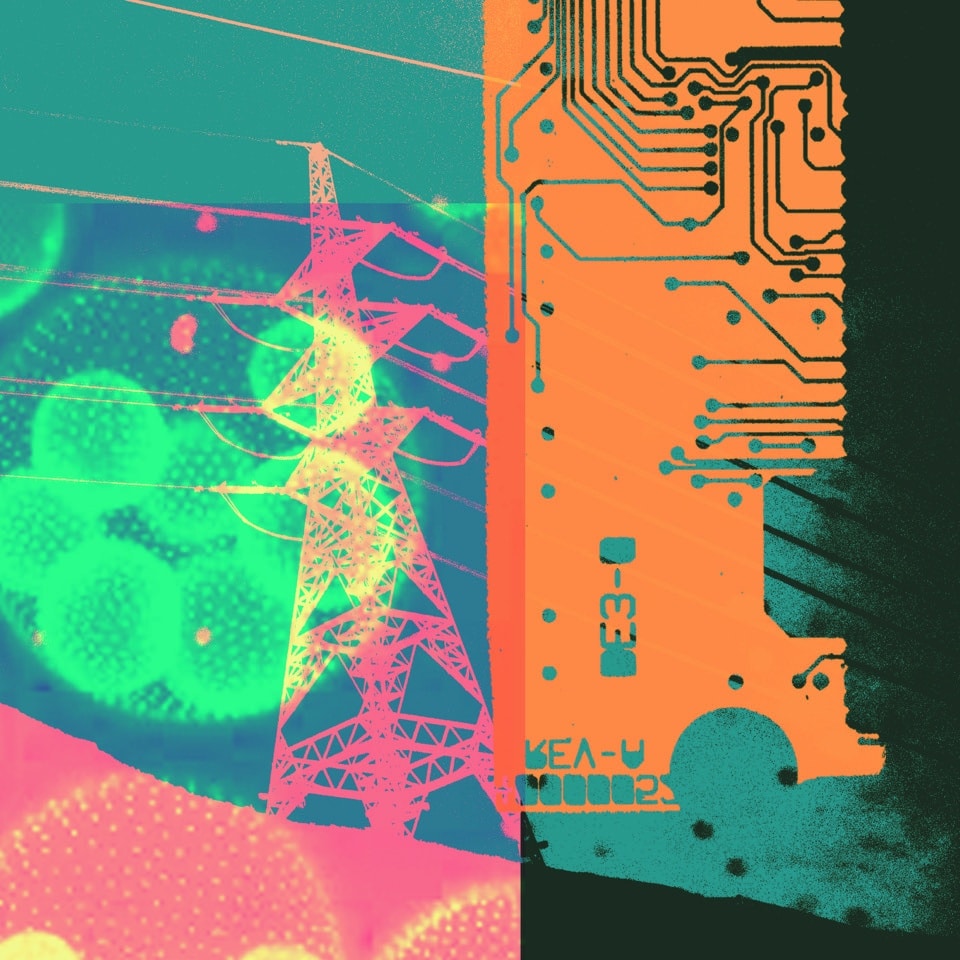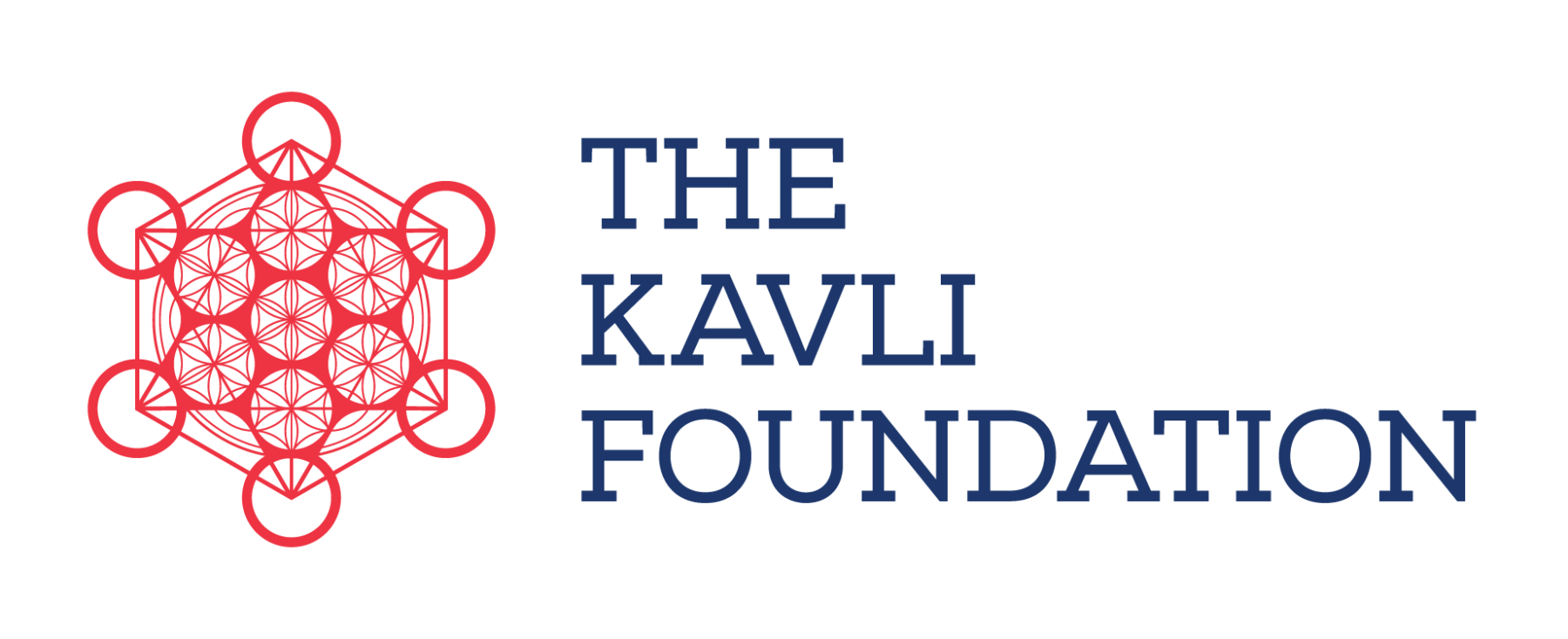The Next 75 Years of Science Policy
In this special section, we will be publishing dozens of ambitious, challenging, and innovative proposals on how to structure the resources of science to enable the best possible future. Contributors will include everyone from recognized global leaders to early career researchers, policymakers, businesspeople, and our readers, creating a forum for the exchange of ideas about reinvigorating the scientific enterprise.
You can now download these essays in a free digital book by clicking here.
Collaborative Advantage
Creating Global Commons for Science, Technology, and Innovation
US Science Policy
Collaborate for the Future
Humanizing Science
Humanizing Science and Engineering for the Twenty-First Century
STEMM Education
Making Scientific and Technical Careers More Accessible
Cloud Innovation
Architectures of Participation
Diversity, Equity, and Inclusion
The Limiting Factor of “The Endless Frontier” Is Still a Human One
A New Model for Philanthropy
Changing the Business of Breakthroughs
Community Involvement
Creating a Science-Engaged Public
Engineering Ethics
Creating a New Moral Imagination for Engineering
Workers and Technology
Stories to Work By
Research Funders
A Global Movement for Engaged Research
Open Science
Opening Up to Open Science
Geopolitical Competition
Democracies Must Coordinate Industrial Policies to Rebuild Economic Security

Independent Research
Independent Science for a Daunting Future
Engineering as a Calling
Democratizing Engineering for Every High School Student
Practice-Focused Innovation
A More Effective Innovation Practice
The Culture of Science
Building a Just and Fair Scientific Enterprise
The Engineering Method
Working in the Penumbra of Understanding
Industrial Policy

Encompassing the Innovation Panoply
Health Technologies

Innovation as a Force for Equity
“A Single Courageous State”
Laboratories for Science Policy Innovation
Health Care
Building the Diverse Health Workforce of the Future
A recent study showed that many students start out as “gifted” and “high achievers,” but due to a lack of local investment in low-income school districts and access to resources like computers, after-school STEM programs, and mentors, these students become the “lost Einsteins.”
The Missing Millions
Cultivating America’s STEM Talent Must Begin at Home
Diversity in STEM
A Moonshot for Every Kid
The Stakes for Science
Stark, High, and Urgent
Mentorship
Academic Mentorship Needs a More Scientific Approach
A Decentralized R&D Ecosystem
Science Policy From the Ground Up
This innovation system may appear messy and chaotic—but it is also extraordinarily productive. At its best, this decentralized system incentivizes individuals and organizations to compete not only for the best ideas, but also the best solutions that the market will support.
A Vision for the Future of Science Philanthropy
Great Science Begins With Nurturing Early-Career Researchers
Scientific Collaboration
Finding Safe Zones for Science

America on Edge
Settling for Second Place?
Antipoverty Research
A Research Agenda to Get More People Out of Poverty
Justice and Equity
There Can Be No Innovation Without Diversity
Transformative Research Labs
Scaling Research Solutions for Society’s Real Problems
Growth and Productivity
For a Competitive Economy, We Need a Skilled Workforce
Research Universities
Imagining the Role of the Research University Anew

The United States needs universities—some of the most fiercely competitive and proudly autonomous global institutions in America—to coalesce around national interests in economic prosperity and economic security.
Greatness Thrust Upon Them
US Research Universities and the National Interest
Stuck in 1955
Engineering Education Needs a Revolution
Catalyzing Innovation
Why the United States Needs a National Technology Strategy
It’s Not a Race
Innovation Is a Dance Between Discovery and Use

Resilient Science
Envisioning Science for an Unknown Future
Science and Technology Philanthropy
America’s Unique Research Advantage
Diversity in STEM
Nothing Succeeds Like Success
Restructuring the Enterprise

Time to Say Goodbye to Our Heroes?
Introducing a New Inquiry

The Next 75 Years of US Science and Innovation Policy
A New S&T Policy for a New Global Reality
Innovation-Based Economic Security
Use-Inspired Research
How to Build Upon Vannevar Bush’s “Wild Garden” to Cultivate Solutions to Human Needs

Over the next year, we will be publishing dozens of ambitious, challenging, and innovative proposals on how to structure the resources of science to enable the best possible future.
Immigration Policy
Attracting (and Keeping) the Best and the Brightest
“The Next 75 Years of Science Policy” has been made possible through the generous support of The Kavli Foundation.

Illustrations by Shonagh Rae.

